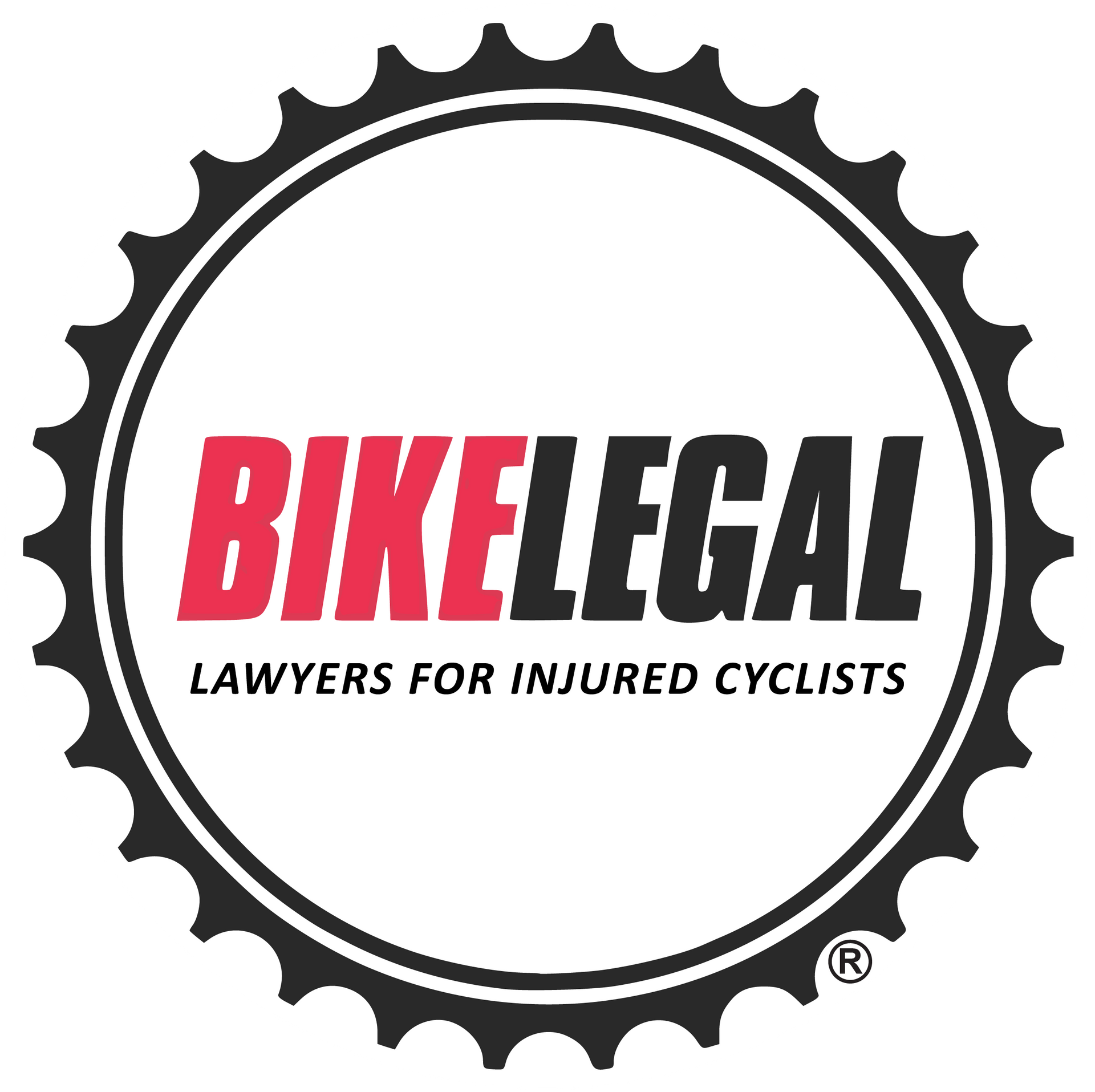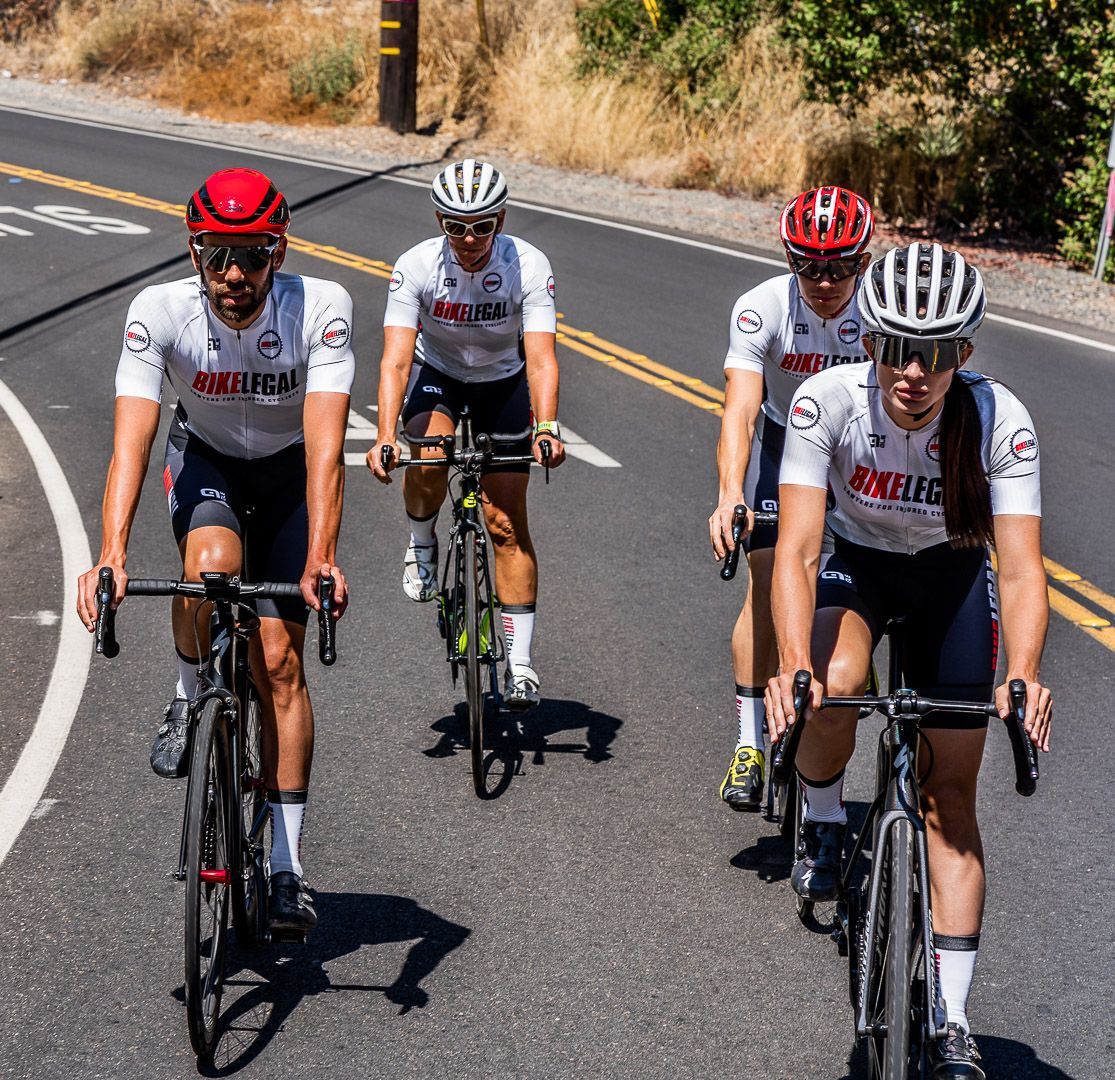Hand Numbness While Bike Riding: Cyclist’s Palsy Explained
Follow us on
social media!
Hand numbness while cycling isn’t just an annoyance—it could be a sign of Cyclist's Palsy, a common condition caused by prolonged pressure on the ulnar nerve. This overuse injury can lead to symptoms like tingling, weakness, and even difficulty gripping your handlebars.
Whether you're a casual rider or a seasoned cyclist, understanding Cyclist’s Palsy is key to preventing discomfort and keeping your hands strong. In this article, we’ll cover everything you need to know about recognizing, treating, and avoiding this condition, so you can enjoy pain-free rides.
Here's what we'll cover to help you prevent tingling, numb hands on the bike:
- What Is Cyclist’s Palsy?
Understanding the condition, its causes, and how it impacts cyclists. - Symptoms of Cyclist’s Palsy:
Learn the warning signs, from numbness and tingling to reduced grip strength. - Common Causes of Cyclist’s Palsy:
Explore the factors contributing to this condition, including handlebar pressure and bike fit issues. - How to Prevent Cyclist’s Palsy:
Discover simple adjustments and techniques to protect your hands during rides. - Treatment Options for Cyclist’s Palsy:
From rest and ergonomic changes to professional therapies, find solutions to aid recovery. - Recovery Time and What to Expect:
Understand the healing process and when to seek medical advice for persistent symptoms.
What is Cyclist's Palsy?
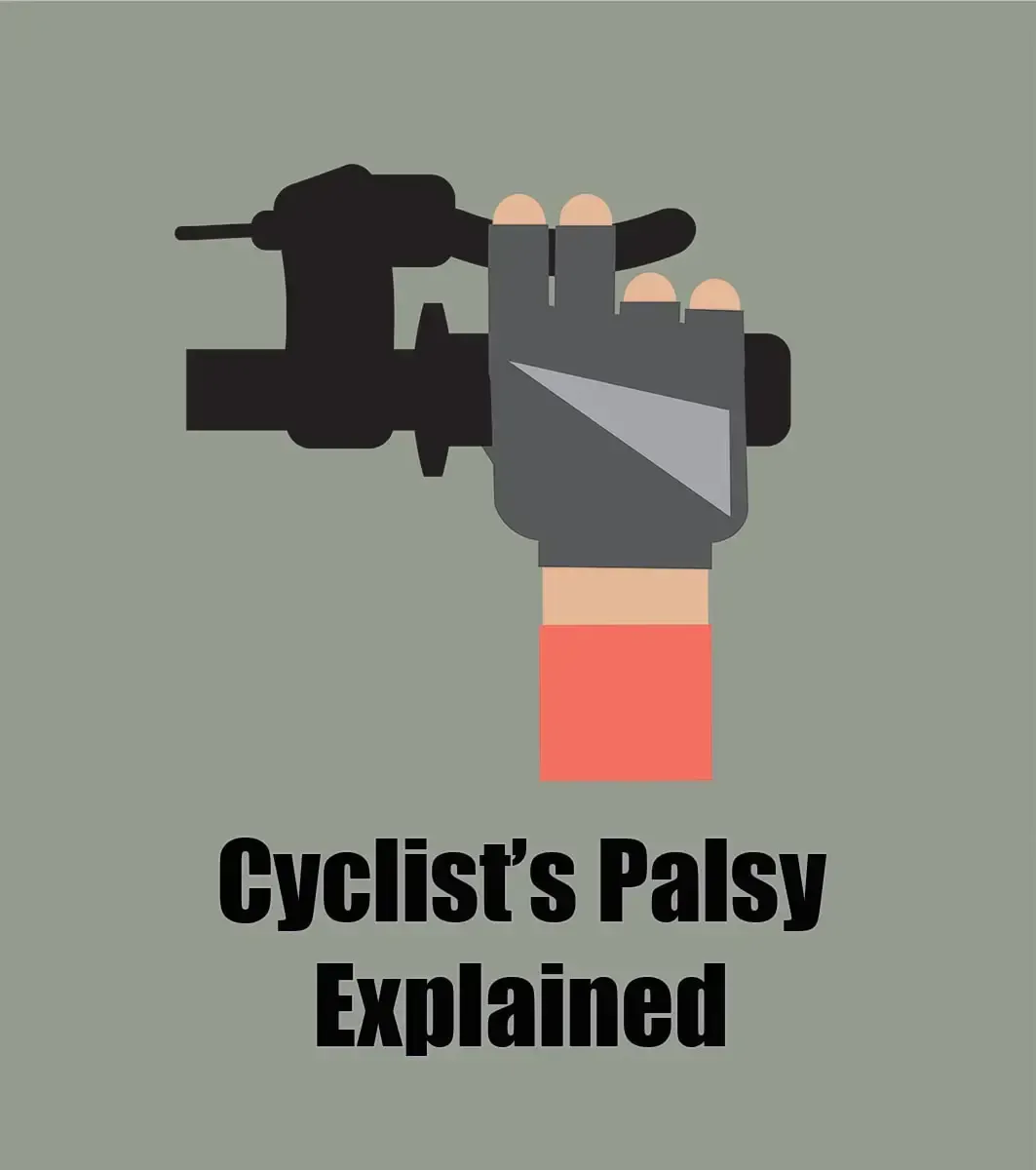
Cyclist's Palsy, also known as handlebar palsy or ulnar neuropathy, is a sneaky overuse injury that plagues cyclists of all experience levels. The culprit? Constant pressure on the ulnar nerve, a major nerve running through your wrist and into your hand. Hours hunched over your handlebars can pinch and irritate this nerve, particularly where it passes through your wrist and the base of your palm.
The result isn't just annoying – it can be downright disruptive. Here's the breakdown of common symptoms:
- Numbness and tingling: This often starts subtle, like pins and needles, but can progress to a constant numb feeling. It primarily affects the pinky and ring finger, and can sometimes radiate up your forearm.
- Weak grip: Cyclist's Palsy can make even simple tasks feel like a chore. You might struggle with:
- Gripping handlebars with enough power to control your bike
- Opening jars or bottles
- Buttoning clothes or using zippers
- Picking up small objects
- Muscle wasting (severe cases): In advanced cases where the nerve compression is severe and prolonged, you might even notice muscle loss in the base of your palm. This can affect your hand's shape and make it difficult to perform delicate tasks.
While most cases of Cyclist's Palsy clear up on their own with rest and some adjustments, ignoring the symptoms can lead to permanent nerve damage. That's definitely not the kind of power we want in our hands.
Cyclist's Palsy Symptoms: What to Watch Out For
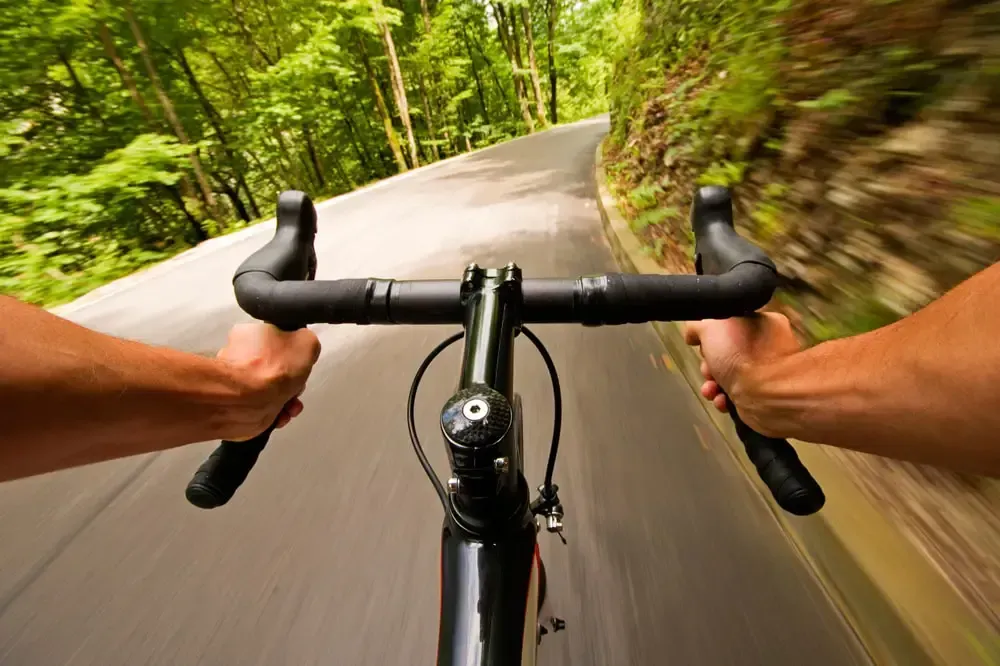
The tricky thing about Cyclist's Palsy is that it can start small and progress gradually, making it easy to dismiss those initial twinges. Here's a comprehensive list of the telltale signs:
- Numbness and tingling: This is the classic symptom. It usually centers in your pinky and ring finger and can even extend up your forearm. The feeling is often described as:
- Pins and needles
- A general "asleep" sensation
- Loss of feeling, like your fingers are encased in a glove
- Weakness: Loss of strength or reduced grip power is common. You might find it difficult to:
- Hold heavy objects
- Control your bike effectively, especially when climbing hills or braking
- Perform fine-motor tasks like writing, gripping utensils, or buttoning your shirt
- Clumsiness: Along with weakness, Cyclist's Palsy can affect coordination, making you more likely to:
- Fumble with objects
- Drop things unintentionally
- Pain: While not always present, some cyclists experience discomfort, a burning ache, or sharp, shooting pains in the affected areas, including:
- Pinky and ring fingers
- Palm
- Forearm (in some cases)
- Cramping: Your hand may feel prone to cramps or involuntary muscle contractions, especially when trying to use it for a task like:
- Gripping handlebars
- Typing
- Grasping small objects
- Cold sensitivity: Your hand might feel abnormally cold or become oversensitive to temperature changes, making even mild weather feel uncomfortably chilly.
Important Note: Symptoms can vary in intensity and location depending on the severity of the nerve compression, so it's crucial to pay attention to any unusual sensations in your hands, especially after long biking sessions.
What Causes Cyclist's Palsy? It's All About Pressure
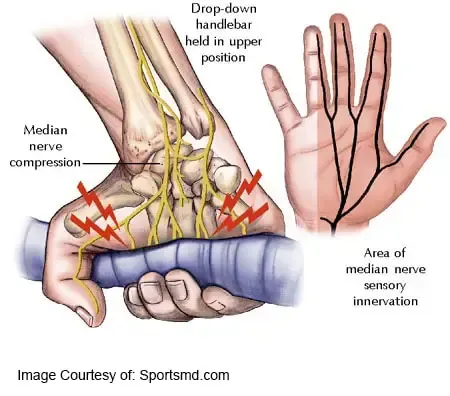
While the name might sound fancy, the cause of Cyclist's Palsy is simple: too much pressure on your ulnar nerve. Let's explore how it happens during long rides:
- Handlebar pressure: Leaning forward on your handlebars compresses the ulnar nerve where it passes through Guyon's canal, a narrow passage in your wrist. Several factors can worsen this pressure:
- Hand position: Holding the same position for hours, especially gripping lower on the handlebars (drops) puts extra strain on this area.
- Hard vibrations: Bumpy roads and trails transmit jarring vibrations to your hands, further irritating the ulnar nerve.
- Incorrect grip: Gripping too tightly or clenching the handlebars can create additional pressure points.
- Other contributing factors: Sometimes, additional issues work alongside handlebar pressure to increase your risk of Cyclist's Palsy. These include:
- Improper bike fit: A bike that has a poorly adjusted saddle or handlebars forces you into awkward positions, increasing handlebar pressure.
- Lack of core strength: Weak core muscles lead to more body weight resting on your hands.
- Certain medical conditions: Conditions like arthritis or diabetes can make you more prone to median nerve (carpal tunnel syndrome) compression.
- Pre-existing injury: A wrist fracture or other previous injury to the wrist or hand can affect nerve pathways, making cyclist's palsy more likely.
- Repetitive hand use outside of cycling: Activities that involve repetitive gripping and hand movements (like typing or playing musical instruments) can contribute to overall strain on the median and ulnar nerves.
Cyclist's Palsy isn't about a sudden nerve injury – it's the accumulation of stress over many rides. By understanding the triggers, you'll be miles ahead in keeping those hands healthy and strong.
Cyclist's Palsy Prevention: Protect Your Powerhouse Hands
An ounce of prevention is definitely worth a pound of cure when it comes to Cyclist's Palsy. Here's a comprehensive list of strategies to keep your hands happy and your rides powerful:
The Right Bike Fit
- Get professional help: A professional bike fit ensures your saddle, handlebars, and reach are tailored to your body, minimizing awkward positions that can cause nerve compression.
- Adjust saddle height and tilt: An improper saddle setup forces you to overreach for handlebars and puts an unfair burden on your hands.
Handlebar Adjustments
- Vary hand positions: Don't lock your hands in one position for hours. Shift your grip frequently, moving between the tops, hoods, and drops of your handlebars.
- Use padded gloves: Extra cushioning absorbs vibrations and helps distribute pressure on your hands.
- Padded handlebar tape: Invest in quality tape with gel padding or consider double-wrapping your handlebars.
- Consider alternative handlebars: If standard drop bars make your issues worse, explore handlebars with more ergonomic positions. Some options include butterfly handlebars or handlebars with an upward flared drop.
Focus on Technique
- Relax your grip: Avoid the "death grip" on your handlebars. A light, relaxed touch goes a long way.
- Shake it out: Every 15-20 minutes, give your hands a quick shake and wriggle your fingers (including little finger) to release tension and promote circulation.
- Engage your core: Strong core hand muscles support your upper body and reduce pressure on your hands. Incorporate regular core strength exercises into your training routine.
Off-the-Bike Strategies
- Stretch and strengthen: Exercises (for instance, finger bending exercise) that promote wrist flexibility and hand/forearm strength can improve your overall resilience. Try simple stretches, wrist circles, and hand squeezes regularly.
- Rest properly: When you feel that tingling start, listen to your body. Take a break from riding and give your hands a chance to recover.
- Cross-training: Mix up your workouts with activities that are kinder on your hands, like swimming, running, or yoga.
Additional Tips
- Handlebar extensions: These add an alternative grip position farther forward, changing up the distribution of pressure on your hands.
- Handlebar width: Experimenting with different handlebar widths can impact wrist angle and overall comfort.
- Pay attention to numbness elsewhere: If you experience numbness or tingling in your hands outside of cycling, address this with your doctor to rule out any underlying health conditions.
Remember: Small changes add up. Experiment with these tips to find the combination that works best in keeping those pins and needles at bay.
Cyclist's Palsy Treatment: The Road to Recovery
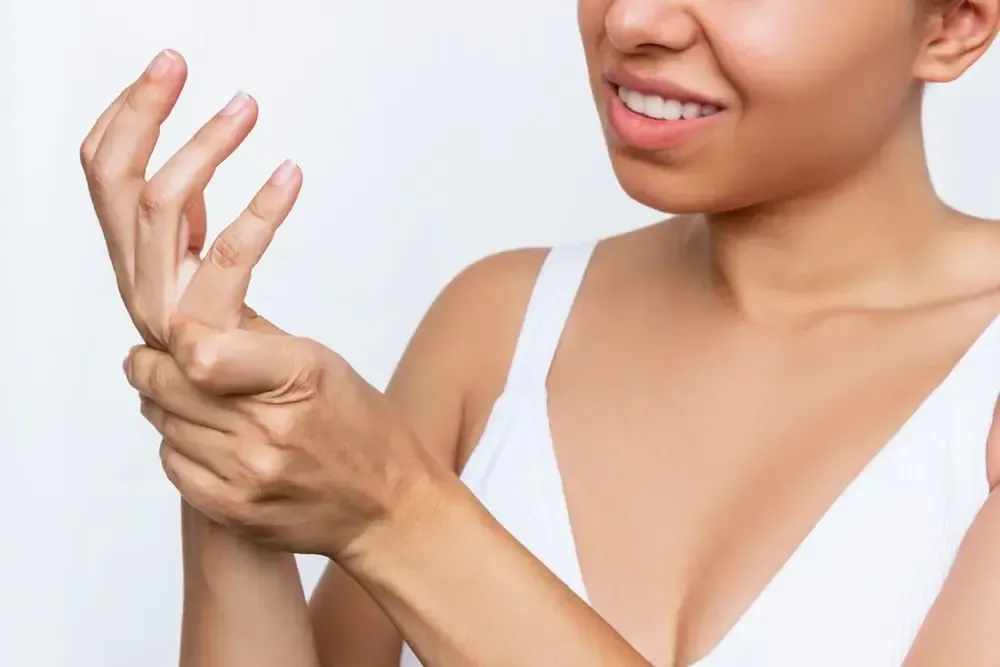
While Cyclist's Palsy often goes away on its own with time and adjustments, there are several ways to speed up the healing process, ease discomfort, and prevent it from coming back.
Here's a breakdown of your options, ranging from simple self-care to professional intervention:
Rest and Recovery
- Take a break: The single most important step is to give your hands a break from the repetitive motions that caused the problem in the first place. This could mean a few days of complete rest or switching to activities that don't stress your hands.
- Ice: Apply ice packs to the affected area for 15-20 minutes a few times per day to help reduce inflammation and numb any pain.
Ergonomic Adjustments
- Address the causes: Implement all the prevention tips we discussed (hand position, padding, bike fit, etc.) to stop further irritation and promote a healthy environment for your nerves to heal.
Over-the-Counter Relief
- NSAIDs: Ibuprofen, naproxen, or other over-the-counter anti-inflammatory medications can manage pain and swelling temporarily.
Professional Treatment
- Splinting: A simple wrist splint can stabilize the area, reduce nerve irritation, and help you remember not to overuse your hand.
- Physical therapy: Specialized hand therapists can provide exercises for nerve gliding, wrist and hand flexibility, and strengthening. They can also offer treatments like ultrasound or massage to improve blood flow and promote healing.
- Occupational Therapy: An occupational therapist can help you modify your daily routines if Cyclist's Palsy is affecting your usual activities. They can also recommend assistive devices if needed.
- Steroid injections: For more severe cases, your doctor might recommend a corticosteroid injection to help reduce inflammation around the nerve.
- Surgery: This is rarely needed, but if conservative approaches fail to improve your symptoms, a surgical decompression of the ulnar nerve might be necessary to create more space for it.
Always consult with a doctor or qualified healthcare professional to determine the best course of treatment for you. They'll help you diagnose the issue with certainty and create a personalized plan for regaining your hand health.
Cyclist's Palsy Recovery Time: How Long Until You're Back on Track?
Unfortunately, there's no one-size-fits-all answer when it comes to Cyclist's Palsy recovery time. Depending on the severity of your case and how quickly you take action, it can vary quite a bit:
- Mild Cases: With prompt rest and adjustments, numbness and tingling might fade within a few days or weeks.
- Moderate Cases: If motor symptoms are more persistent, expect it to take several weeks or even a couple of months for full function and feeling to return.
- Severe Cases: Where weakness or muscle wasting is present, recovery time could stretch into several months. Surgery may be required if there's no improvement after conservative treatment.
Factors Affecting Recovery Time
- The severity of nerve compression: The worse the initial compression, the longer it will take your nerve to fully recover.
- Early intervention: The sooner you address it (rest, adjustments, etc.), the faster you'll likely bounce back.
- Individual differences: Everyone's body heals at its own pace.
- Consistency with treatment: Following your prescribed treatment plan or physical therapy diligently optimizes your chances of a quicker recovery.
What to Expect During Recovery
Don't expect an overnight fix. It usually happens gradually:
- Numbness may fade first: Tingling may linger a bit longer.
- Weakness improves in stages: Grip strength and coordination will gradually return.
- Setbacks are possible: Don't push yourself too hard too soon and risk re-injuring the nerve. Listen to your body.
If your sensory symptoms don't improve, or if you experience persistent weakness or muscle loss, seek medical advice. It's crucial to rule out other diagnoses and receive appropriate treatment.
Take Control of Cyclist’s Palsy!
Cyclist’s Palsy is a common yet manageable condition that affects many riders. By understanding the causes, recognizing symptoms early, and making simple adjustments to your bike setup and riding habits, you can prevent and treat this issue effectively.
Remember, small changes can make a big difference in keeping your hands comfortable and healthy on every ride.
Key Takeaways:
- Recognize the Symptoms: Numbness, tingling, and weakness in your pinky and ring fingers are early signs of Cyclist’s Palsy.
- Understand the Causes: Prolonged pressure on the ulnar nerve from handlebars is the main culprit, but improper bike fit and poor technique can contribute.
- Prevent the Problem: Vary your hand positions, invest in padded gloves, and ensure your bike fits properly to reduce nerve compression.
- Treat Early: Rest your hands, adjust your setup, and seek medical advice if symptoms persist or worsen.
- Stay Proactive: Regular stretching, strengthening exercises, and proper riding posture can keep your hands pain-free and strong.
Ride Protected, Ride Safe, with Bike Legal
Cyclist's Palsy is just one of the many challenges cyclists face. At Bike Legal, we’re dedicated to supporting riders in every aspect of the sport, from injury recovery to legal advocacy. Here’s how we can help:
- Expert Bicycle Accident Attorneys: If you’ve been injured in an accident caused by someone else’s negligence, our team will fight for your rights and secure the compensation you deserve.
- Proven Results: Explore our case studies to see how we’ve helped cyclists get the justice and support they need after an injury.
- More Than Legal Advice: From navigating insurance claims to resolving property damage, we offer comprehensive resources to help you get back on your bike.
Don’t face the aftermath of a cycling accident alone. Contact Bike Legal today for a free consultation at 877-BIKE LEGAL (877-245-3534) and let us help you reclaim your ride with confidence.

FAQs: Quick Answers to Your Cyclist's Palsy Questions
Can ulnar nerve palsy be cured?
Absolutely. In most cases, Cyclist's Palsy is fully curable with rest, adjustments to your bike setup, and some patience. For severe cases, physical therapy or even surgery might be needed, but the vast majority of cyclists regain full hand function.
What is cyclists palsy?
Cyclist's Palsy, also known as handlebar palsy or ulnar neuropathy, is a common overuse injury where prolonged pressure on the ulnar nerve (in your wrist and hand) causes numbness, tingling, weakness, and sometimes pain in your pinky and ring fingers.
How long is the recovery for cyclist palsy?
It depends on the severity. Mild cases might clear up within a week or two, while more severe numbness or weakness could take several months to heal fully. The key is to address it early and follow through with your treatment plan.
What is cyclist syndrome?
Cyclist syndrome is a general term used for various overuse injuries cyclists face, including hand numbness, saddle discomfort, and neck or back pain. It usually stems from poor bike fit or incorrect technique.
How do you test for cyclist palsy?
A doctor or physical therapist can diagnose Cyclist's Palsy with a few simple tests. They'll check your hand sensations, reflexes, and grip strength. In some cases, they might recommend an electromyography (EMG) test to measure the electrical activity in your nerves for further evaluation.
Read Next:
